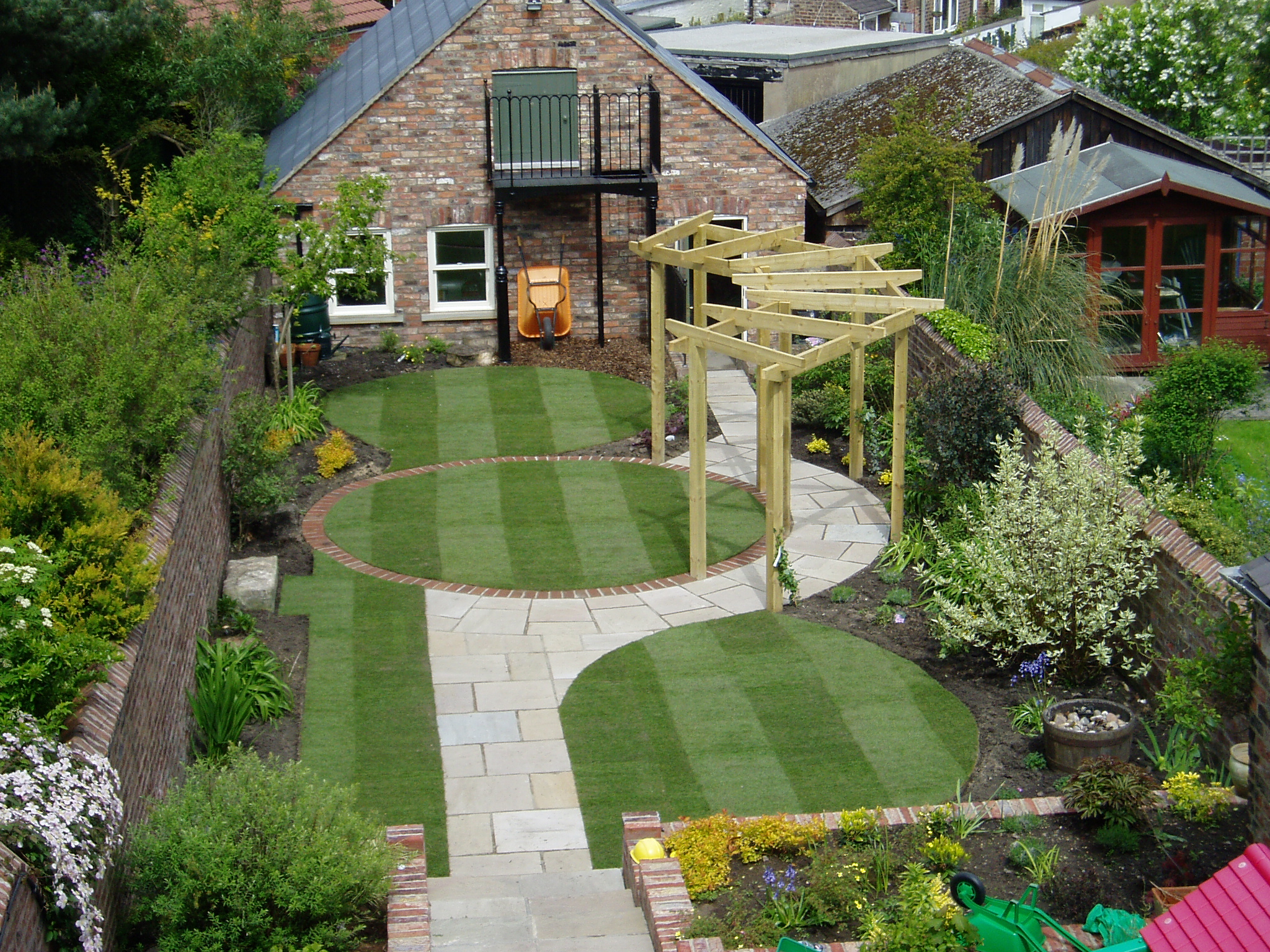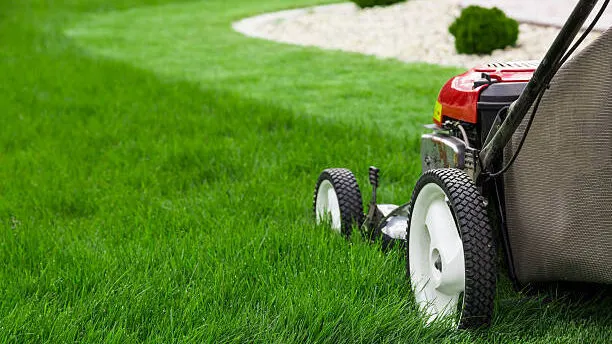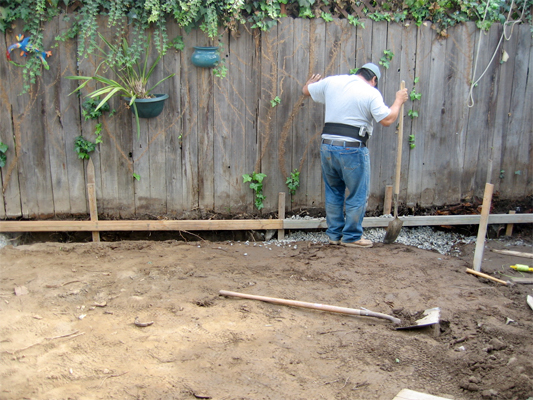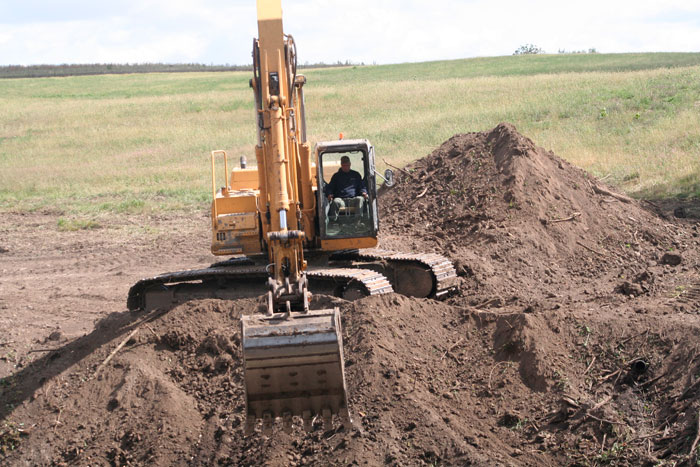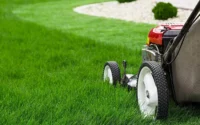5 Steps to Cultivate Protein-Rich Food in Your Backyard
Ever fantasized about reaping tomatoes, plucking strawberries, or pulling carrots right from your backyard? It’s not some pipe dream. In reality, it’s a truly feasible goal to start your own homegrown garden, and it isn’t as complex as you might think. With the right strategies, you could even harvest a high-protein yield that’ll keep your diet balanced and wallet happy.
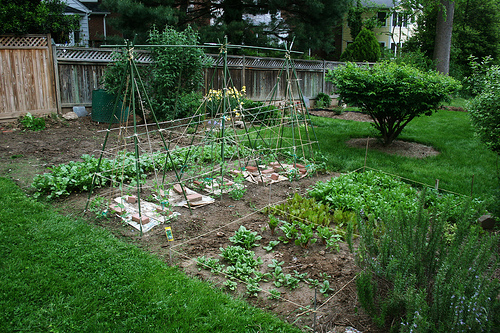
Content
Step 1: Determine Your Garden Space
First things first: scout your backyard. The space you dedicate to your garden can be large or small, but it must receive adequate sunlight. Most fruits and vegetables need at least six hours of sun a day. Look for a spot that gets direct sunlight, has good soil, and is easily accessible for you.
Step 2: Choose Your Protein-Rich Plants
Next, identify what you want to plant. Choose protein-rich plants like lentils, peas, beans, corn, spinach, or broccoli. These plants are relatively easy to grow and can provide a good source of protein. Even if you’re a green thumb novice, don’t be scared. There are guides like the miracle farm blueprint which are designed to help you through each step.
Step 3: Prep the Soil
Soil preparation is vital. The healthier the soil, the healthier your plants. It’s essential to prepare the soil by adding compost or aged manure. You can buy this at a local garden store, or make your own. Also, consider getting your soil pH tested. Many county extension services offer soil testing for a small fee. A proper soil test will indicate what amendments your soil needs for optimum plant growth.
Step 4: Plant and Water
After prepping, it’s time to plant. Follow the guidelines specific to each plant for spacing and depth. Once your plants are in the ground, water them immediately. Watering frequency will depend on your climate and the age of your plants. As a rule, it’s better to water thoroughly and less frequently, rather than shallowly and often.
Step 5: Keep Up with Maintenance
The final step is maintenance. Keep your garden tidy by removing weeds which compete with your plants for water and nutrients. Regularly check for pests and signs of disease. To avoid overwatering, stick your finger about an inch into the soil. If it’s dry, it’s time to water.
While it may seem like a lot of work initially, the fruits (and vegetables) of your labor are definitely worth it. With the five steps above and a bit of patience, you’ll be on your way to reaping a protein-rich harvest from your own backyard. Plus, if you want to take your homesteading adventure a notch higher, consider exploring other unconventional ways to gain muscle at home.
Lastly, in the event of a crisis or disaster, your backyard farm could be a lifesaver. Learn how to create a disaster-resistant home and couple it with your homegrown garden. In these uncertain times, self-reliance is not just valuable, it’s crucial.
Building a Composting System
One key way to ensure healthy soil is to develop a composting system. Organic matter such as vegetable scraps, grass cuttings, and leaves can be transformed into nutrient-rich compost over time. This can significantly improve the quality of your soil and provide the much-needed nutrition for your plants. Not to mention, composting is an excellent way to recycle kitchen and yard waste.
Composting is a gradual process, but it can be accelerated with the right techniques. For example, chopping larger pieces of waste into smaller ones will speed up decomposition. Turning your compost pile occasionally can also help, as it introduces oxygen into the mix, which is vital for the decomposition process. Furthermore, it’s essential to maintain a good balance of green and brown materials in your compost pile for optimal results.
Understanding Crop Rotation
Crop rotation is another essential aspect of gardening that might seem complicated but is relatively straightforward. It involves changing the location of your plants from year to year. The main idea behind crop rotation is to prevent the build-up of diseases and pests that tend to affect specific plant types.
When you plant the same crop in the same location year after year, the pests and diseases that attack that crop have a higher chance of surviving and causing damage in subsequent years. But if you move your plants around, it can disrupt the lifecycle of these pests and diseases. Additionally, different plants use and return different nutrients to the soil, so rotating crops can also help maintain soil fertility.
Encouraging Beneficial Insects and Animals
One often overlooked part of backyard farming is the role of beneficial insects and animals. Bees, butterflies, and birds can significantly help with pollination, leading to better crop yield. On the other hand, insects like ladybugs, spiders, and praying mantis are natural predators to many garden pests.
Consider incorporating plants in your garden that attract these beneficial creatures. For instance, planting native flowers can attract bees and butterflies, while bird feeders and baths can draw in birds. Remember, a healthy garden is an ecosystem where plants and animals co-exist in harmony.

Donna is your friend in the know. Her blog is a treasure trove of insightful tidbits on a wide range of topics. From wellness to technology, she’s your source for staying informed and inspired.


